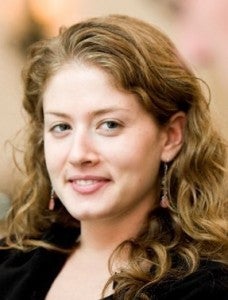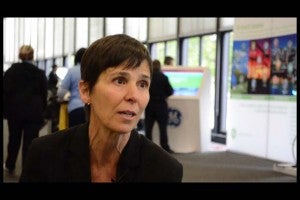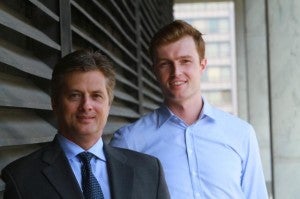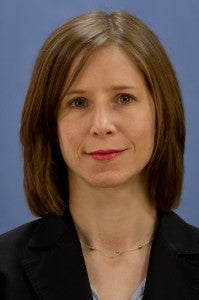This commentary was originally posted on the California Dream 2.0 Blog.
There’s something happening here. What it is, is perfectly clear: the smart grid is creating jobs in Silicon Valley and across the San Francisco Bay Area, according to a report just released by the Silicon Valley Smart Grid Task Force, which EDF oversaw as an advisory council member.
A well-respected research firm, Collaborative Economics, asked local businesses about their jobs in the smart grid sector. The results are early since the smart grid is still mostly in the planning stage but indications suggest it’s a job-engine that California can rely on.
The report divides the industry into four sectors:
- power management and energy efficiency,
- energy storage,
- local clean energy (distributed generation such as rooftop solar, small wind turbines, plus equipment manufacturing and installation), and the
- delivery of electricity (transmission and distribution).
During the depths of the recession from 2008 to 2009 when national unemployment doubled from 5% to nearly 10%, smart grid employment in Silicon Valley actually grew.
Manufacturing jobs in the industry are shining brightly against the dark cloud of declining blue-collar employment in the state. Today, more than half of the 12,500 smart grid jobs in the Silicon Valley are in manufacturing.
Investment activity across the diverse smart grid sectors has been robust since 2005 and with strong venture capital (VC) investments. California accounted for 69 percent of total US VC investment in 2010 and total amounts increased 66 percent from 2009 to $2.8 billion.
Investor interest in smart grid is no surprise, since the potential benefits of smart grid are significant and potentially very lucrative:
- cleaner air,
- reliable electricity supply,
- low-cost electric vehicle charging, and
- energy independence by way of local clean energy.
At the press conference where the report was released, San Jose Mayor Chuck Reed captured the importance of the smart grid when he said that many of the city’s Green Vision Goals for jobs, electric vehicles and renewable energy will only be reachable with a smart grid.
Another reason the Bay Area is creating smart grid jobs is that many of the companies at the heart of the region’s economy – information technology giants such as Oracle, Cisco, and Google, energy companies such as PG&E and Calpine, and technology leaders such as GE and Honeywell – are all at the smart grid frontier.
Consumers have rightly asked, ‘what can smart grid do for me?’ In addition to the many environmental benefits, smart grid means empowerment, both in the traditional electrical sense and now in terms of controlling one’s energy use and costs. Now we have another answer: your next job might be helping to build the smart grid.














